Hot was the German economy able to recoup so quickly in the 1930s? The German economy was at the rock bottom, but it showed an amazing resilience during 1930, before World War II, how was this possible?
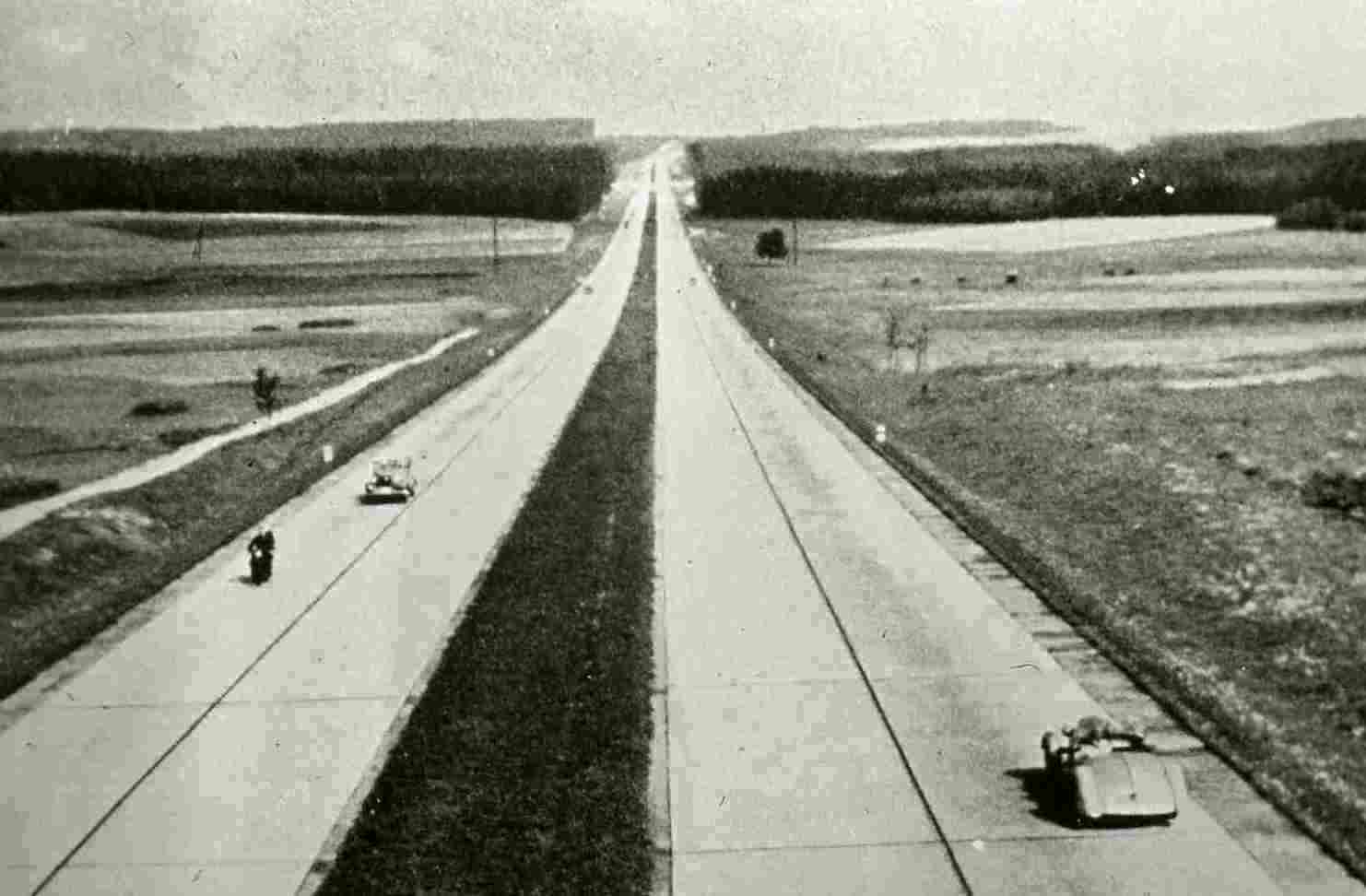
The German economy was at the rock bottom in the early 1920s. The devastation of World War I, war reparations and the time of troubles associated with hyper-inflation marked the economy of the 1920s.
The 1920s: Economic burdens
Past economic history research has stressed the burdens imposed on Germany in the 1920s by the continuing demands for payment of reparations to France and Britain.
The Treaty of Versailles and the 1921 ‘London Schedule of Payments’ that required Germany to pay 132 billion gold marks (US$33 billion) in reparations to cover civilian damage caused during the war.
Germany ended up paying just 21 billion marks in reparations. But to enforce payments, France occupied the Ruhr in 1923.
This industry dense and rich region in Germany was ceded back to Germany on the 25th of August in 1925 when the last French troops evacuated Düsseldorf and Duisburg along with the city’s important harbor in Duisburg-Ruhrort.
Added to this, many foreign countries placed protective tariffs on Germany’s goods in the 1920s making it harder for Germany to compete in a global market.
The Hyperinflation of the early 1920s wreaked havoc on Germany’s social structure and political stability. During that inflation, the value of the nation’s currency, the Papiermark, collapsed from 8.9 per US$1 in 1918 to 4.2 trillion per US$1 by November 1923.
Germany tried to mitigate unemployment and recover from the war by increasing social spending, as it began creating transportation projects, modernization of power plants and gas works. These project probably did keep unemployment from soaring, but with ever rising social costs and with the later international recession, the German economy struggled to keep afloat.
The 1920s: ‘The Roaring Twenties’ | ‘The Golden Twenties’
Later economic history research has painted a much more positive picture of the economic trend in 1924 for Germany. Highlighting the new political and economic stability in Germany, supported by the US through the so-called ‘Dawes Plan’. With a large and partially untapped potential for economic growth in Germany with rich industrial tradition, skilled workers, and entrepreneurs.
These factors attracted US capital to invest in German industry during the second half of the 1920s. World War 1 gave rise to enormous capital surplus in the United States. Meanwhile, the US was able to offer its industrial technology on the world market, not least in several areas in which German industry had been prominent before World War I.
The flow of American capital in combination with new technological opportunities, in particular with an electric motor and combustion engine breakthroughs, these effects contributed greatly to invigorate the German industry and economy. Modernization was palpable in many areas and Berlin emerged as one of Europe’s leading cities, both economically and culturally in the late 1920s.
The Roaring Twenties is a term used to describe the Western experience during the 1920s economic and cultural boom, especially in the United States. The Goldene Zwanziger (‘The Golden Twenties’) refers exclusively to Germany’s later half of the 1920s the Weimar Republic, characterized by economic growth, expansion of liberal values in society, and a spurt in experimental and creative efforts in the field of art.
The introduction of a new currency, the Rentenmark, tighter fiscal control, and a reduction in bureaucratic hurdles. Combined with US investments into German industry and increased exports of heavy goods, led to an environment of economic stability and prosperity in Germany.
The period of development in Germany in the 1920s was similar to that of what later came to characterize the so-called Wirtschaftswunder (economic miracle) after World War II; as West Germany was able to harness the use of knowledge and traditions to quickly and get back on its feet once political stability was restored.
The paradox is that American capital played a major role in equipping a new enemy on the battlefield and it would not be the last time to occur in history.
The 1930s: Going against the Wind
But developments took a different turn after the crisis of the early 1930s. The German economy, like other nations, suffered the effects of the Great Depression with unemployment soaring around the Wall Street Crash of 1929. The flow of capital from the US to Europe ceased, which meant a particular strain on the German economy.
The proportion of foreign trade for the German economy gradually declined, this decline was further driven in this direction by tariffs implicated by the new Nazi government (as with most Nations).
The deep international recession brought Hitler to power. Just as it did in Japan, where it brought a Japanese military dictatorship to power. The 1920s and the early 1930s were very much similar in many ways for both Germany and Japan.
In Japan, the prosperous economy of the 1920s and a new government structure did not continue into the next decade. Japan, as an island nation with few natural resources, relied heavily on foreign trade. When the Great Depression hit the world, countries no longer imported Japanese luxuries such as silk. The value of Japanese exports dropped by 50% between 1929 and 1931.
In Germany, a declining foreign trade implied great restraints on the availability of some products. Not as heavily restrained by a general lack of natural resources as Japan, but Germany too relied on imports of such raw materials as crude oil and iron ore. The reduced availability of consumer goods meant rationing goods like poultry, fruit, and clothing for many Germans.
The lesser the share of international trade for the German economy, the greater the emphasis on national economic demand and supply. The reduced importance of international trade is very evident with government ownership expanding greatly into formerly private sectors of strategic industries, aviation, synthetic oil and rubber, aluminum, chemicals, iron and steel, and army equipment.
The “Reinhardt Program” for infrastructure development was introduced in 1933. It combined indirect incentives, such as tax reductions, with direct public investment in waterways, railroads, and highways, then followed by similar initiatives, it resulted in a great expansion of the German construction industry. The changes included privatization of state industries, autarky, and tariffs on imports. Wages increased by 10.9% in real terms during this period. Employment in construction rose from only 666,000 to over 2,000,000 between 1933 and 1936.
Government finances for state-owned enterprises quadrupled from 1933 to 1943. State control is also reflected in how the Nazis replaced existing trade unions with the German Labour Front, strictly controlled by the Party.
The Nazi administration wanted additional industry capacity, as they would first nationalize and then establish a new state-owned and operated company. Much of the new industrial capacity in Germany came to be prioritized based on the needs of its military, but also with investments in transportation and logistics, such as building highways.
Investments into the military industry increased rapidly, total military spending in Germany exceeded 10% of GNP in 1936. But industry related to military, such as the relatively new auto-industry also gained, cars and other forms of motorized transport became increasingly attractive to the population, and the German motor industry boomed.
Most Germans could rarely afford anything more than a motorcycle, only one German out of 50 owned a car. But seeking a potential new market, encouraged by the government, some car makers began independent “peoples’ car” projects – the Mercedes 170H, Adler AutoBahn, Steyr 55, Porsche Type 12 and Hanomag 1.3L, among others. The company Volkswagen was created in 1936 by the German Labour Front.
However, a worldwide rubber shortage was ever more problematic for the German auto-industry and increasing world prices for raw materials (the bulk of German imports) were on the rise. World prices for manufactured goods (Germany’s chief exports) were instead falling, resulting in difficulty to maintain a balance of payments with a large trade deficit to be inevitable. Hitler found this prospect unacceptable, as Germany further moved away from partially free trade in a direction of more economic self-sufficiency.
Full autarky was, however, impossible, some raw materials would still need to be imported. The Nazi government tried to limit the number of its trade partners and aimed to mostly trade with countries within the German sphere of influence. As a number of bilateral trade agreements were signed between Germany and other European countries (mostly countries located in Southern and South-Eastern Europe) during the 1930s. Germany would aim to import raw materials from that region, and these countries would receive German manufactured goods in exchange.
In 1934, Hjalmar Schacht who was the Reich Minister of Economics introduced the so-called Mefo bills (Metallurgische Forschungsgesellschaft). A system that allowed Germany to rearm without spending Reichsmarks and without leaving a paper trail. The Mefo bills could also trade within the industry, allocating investments to the industry with higher profitability. The system arguably strengthened the German economy by providing the government with various goods and services which it was then able to reinvest in the economy, fueling its growth in a virtues circle.
Between 1933 and 1939 the total revenue amounted to 62 billion marks, whereas expenditure (at times comprising up to 60% rearmament costs) exceeded 101 billion, thus causing a deficit and national debt (reaching 38 billion marks in 1939), coinciding with the Kristallnacht in November 1938 and the outbreak of World War II in 1939.

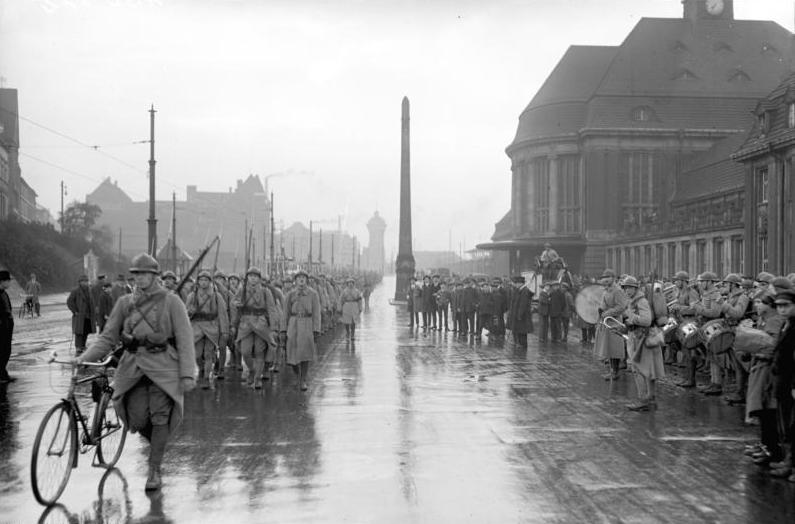
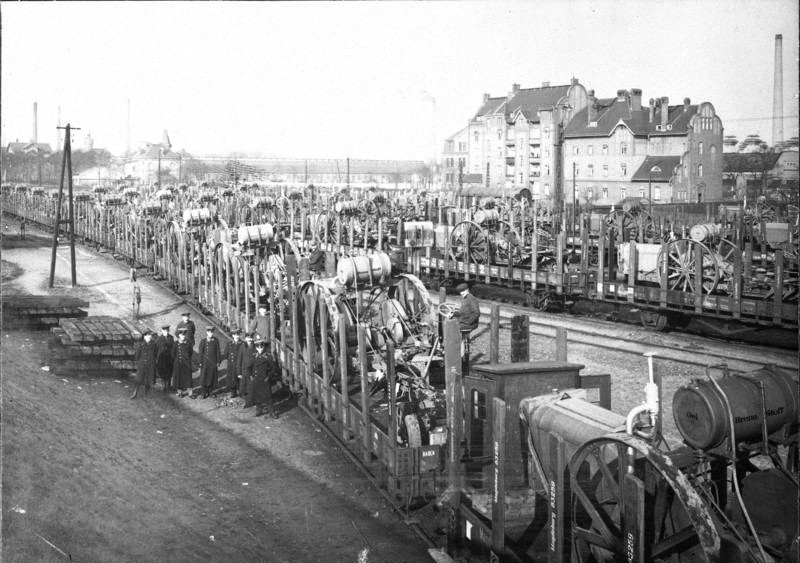
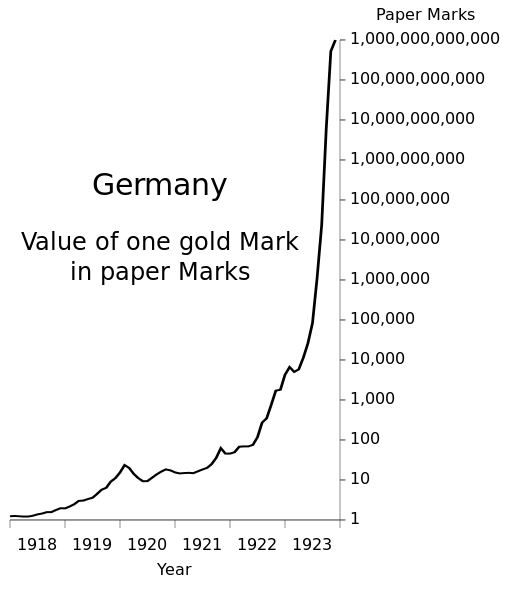
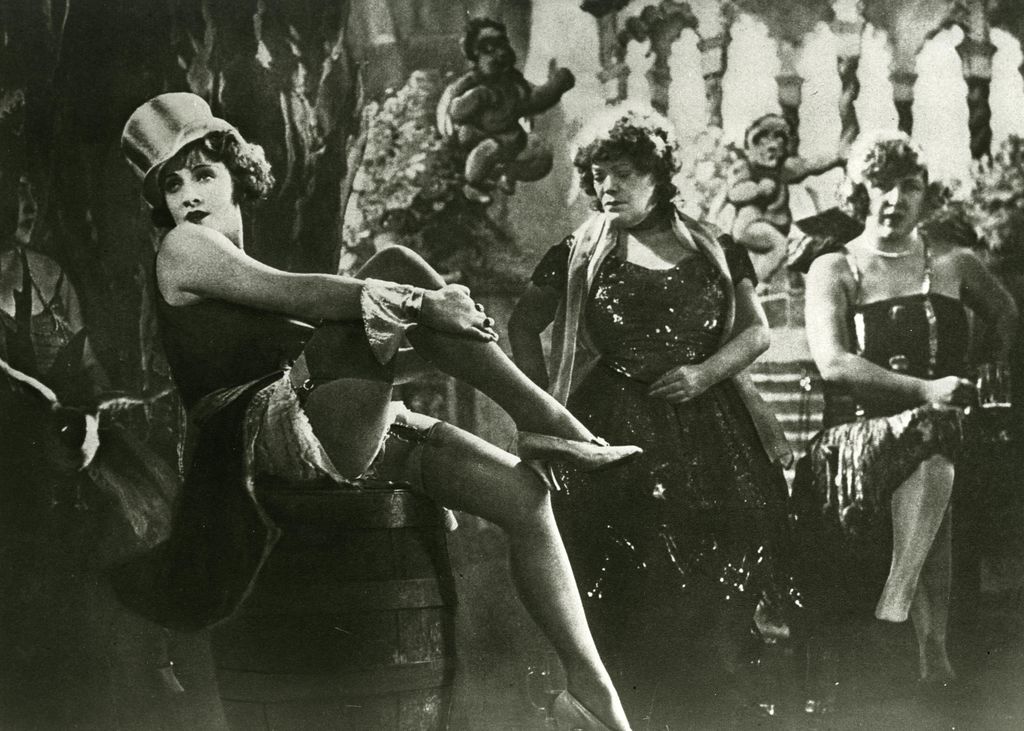
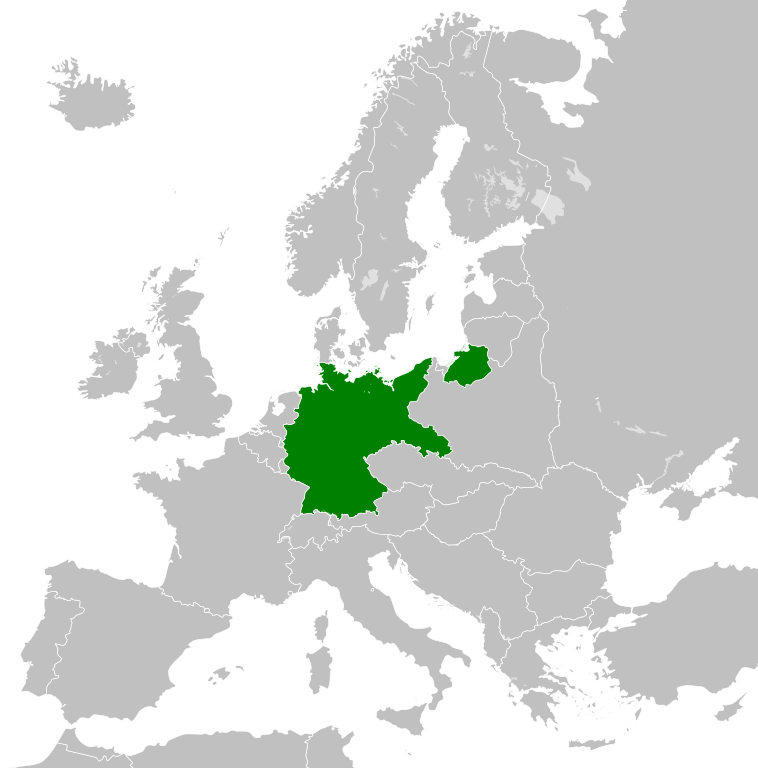
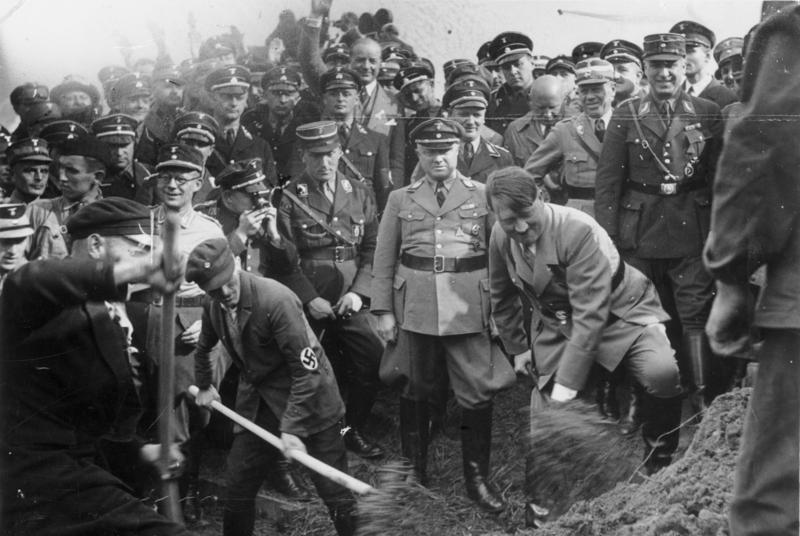
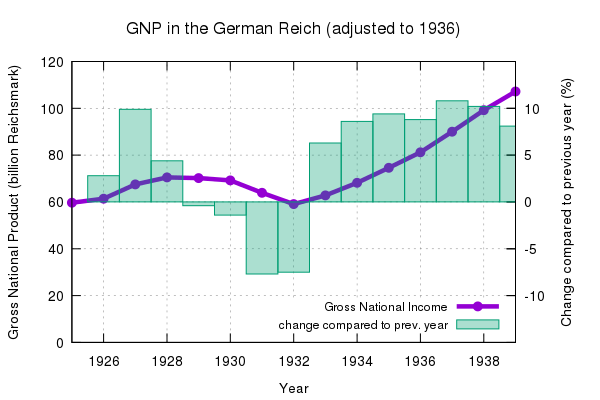
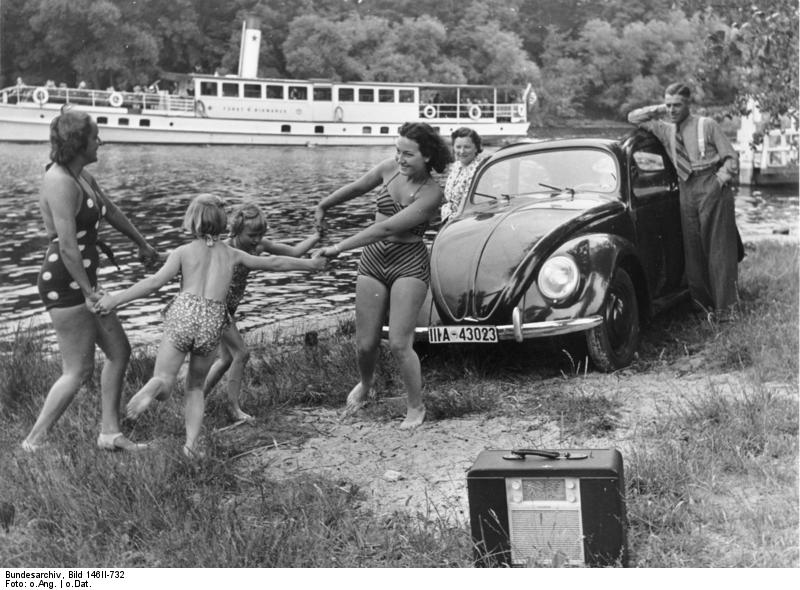
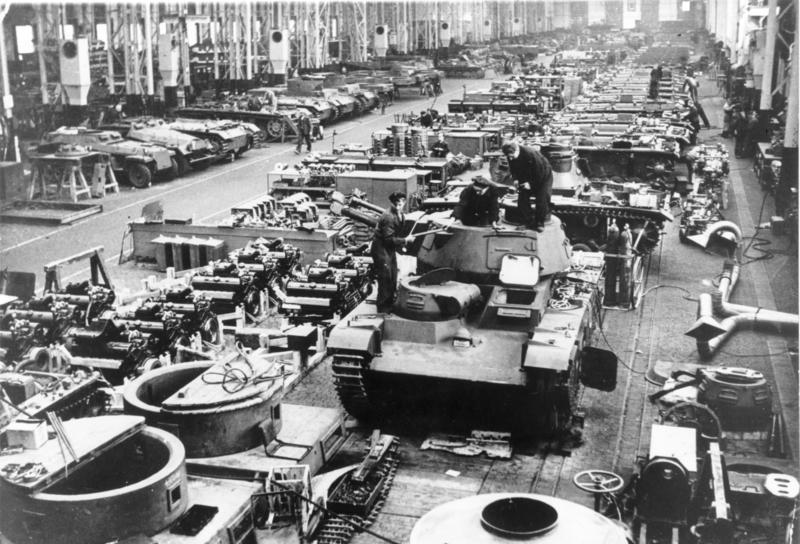
![OpenAI. (2025). ChatGPT [Large language model]. https://chatgpt.com](https://www.illustratedcuriosity.com/files/media/55124/79bc18fa-f616-4951-856f-cc724ad5d497-560x416.webp)
![OpenAI. (2025). ChatGPT [Large language model]. https://chatgpt.com](https://www.illustratedcuriosity.com/files/media/55099/2638a982-b4de-4913-8a1c-1479df352bf3-560x416.webp)
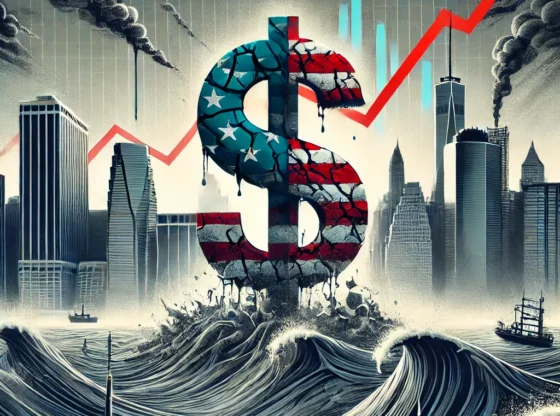


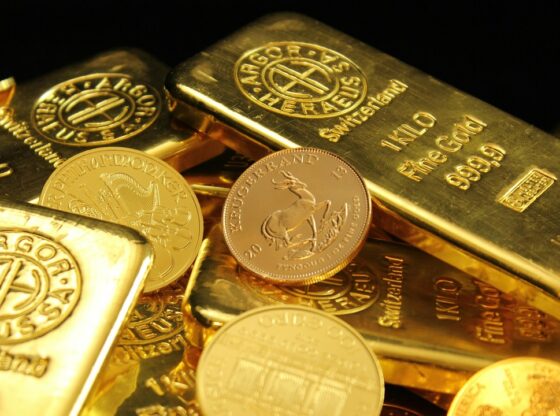
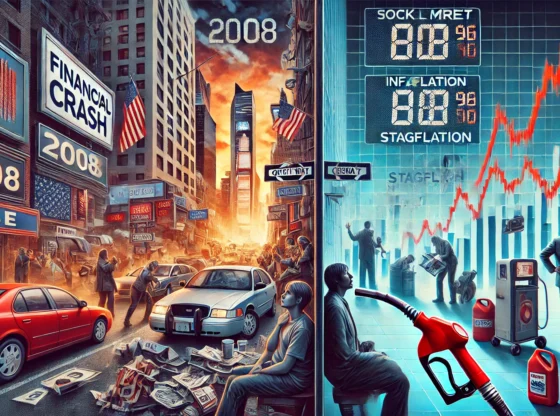
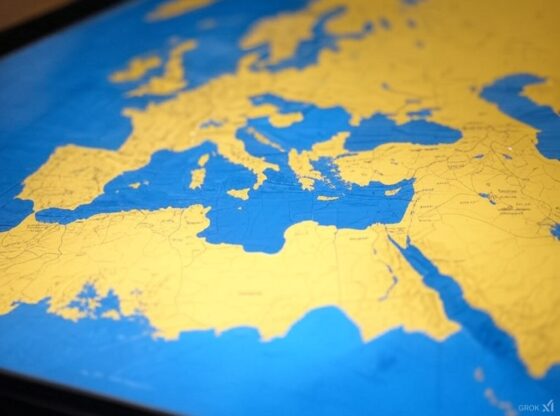
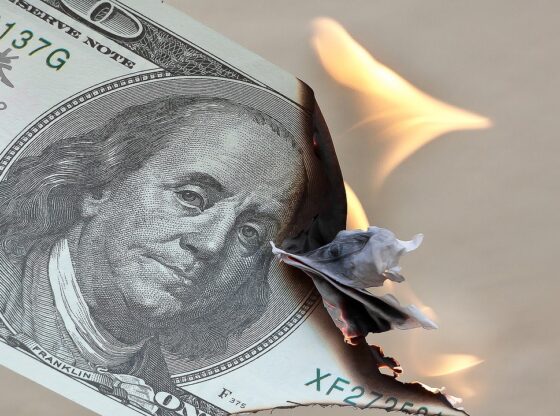
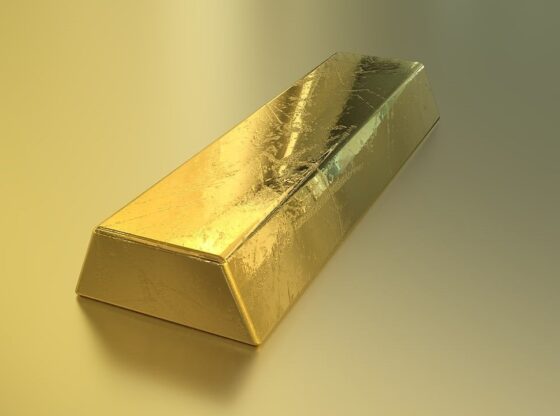
![OpenAI. (2025). ChatGPT [Large language model]. https://chatgpt.com](https://www.illustratedcuriosity.com/files/media/55136/b1b0b614-5b72-486c-901d-ff244549d67a-350x260.webp)
![OpenAI. (2025). ChatGPT [Large language model]. https://chatgpt.com](https://www.illustratedcuriosity.com/files/media/55124/79bc18fa-f616-4951-856f-cc724ad5d497-350x260.webp)
![OpenAI. (2025). ChatGPT [Large language model]. https://chatgpt.com](https://www.illustratedcuriosity.com/files/media/55099/2638a982-b4de-4913-8a1c-1479df352bf3-350x260.webp)








